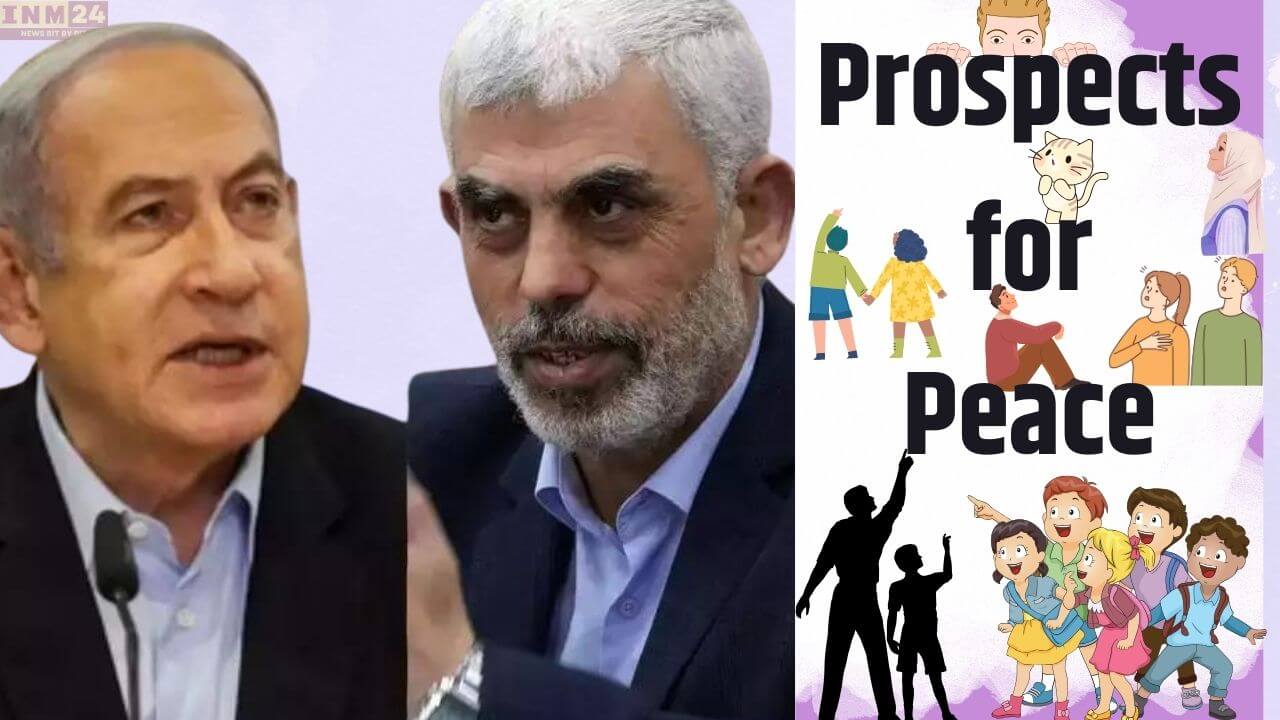In the wake of renewed hostilities that began on October 7 last year, the Gaza Strip has witnessed a devastating toll, with over 29,000 casualties, including 12,000 children. The large population of Gaza is grappling with a severe humanitarian crisis due to the ongoing conflict, displacing thousands. As both Israel and Hamas come close to agreeing on a six-week ceasefire, the prospects for a halt in the fighting and potential peace negotiations have emerged.
Hope Rises for Six-Week Ceasefire in Gaza as Parties Near Agreement
Potential Six-Week Ceasefire: The conflict in the Gaza Strip, lasting for more than four months, may see a reprieve soon. Both parties are reportedly nearing an agreement on the terms of a six-week ceasefire. The ceasefire, if implemented, would not only pause the hostilities but also facilitate the release of 40 Israeli prisoners held by Hamas. In return, Israel is expected to release several Palestinian detainees from its prisons, allowing some to return to northern Gaza. Additionally, there is a commitment to an increase in humanitarian aid to the affected areas.
International Efforts for Resolution: International efforts have played a crucial role in facilitating dialogue between Israel and Hamas. A meeting in Paris, attended by representatives from the United States, Egypt, and Qatar, successfully laid the groundwork for potential peace talks. While no concrete results have been achieved yet, it is expected that the upcoming meeting in Qatar will finalize the details of the ceasefire agreement.
Netanyahu Commits to Ceasefire Negotiations and Broader Hamas Concerns, Hamas Signals Potential Shift
Israel’s Perspective: Israeli Prime Minister Benjamin Netanyahu has expressed his commitment to working towards the release of more Israeli prisoners and addressing the broader issue of the Hamas presence in Rafah. A representative delegation has been sent to Paris for negotiations, signaling Israel’s willingness to engage in the next phases of discussions. The Israeli National Security Advisor, Tzachi Hanegbi, emphasized that any temporary ceasefire should not be construed as an endpoint to the conflict. Israel remains committed to its goal of completely dismantling the Hamas infrastructure.
Hamas’ Response: Hamas has not yet provided detailed comments on the proposed terms of the ceasefire. Earlier, the group had rejected ceasefire proposals on certain occasions, demanding a complete cessation of hostilities and the full withdrawal of Israeli forces from Gaza. However, the current developments suggest a shift in stance, with Hamas reportedly open to a ceasefire for a duration of six weeks.
Humanitarian Concerns: Despite the progress in ceasefire discussions, concerns remain over the humanitarian situation in Gaza. The region continues to face challenges such as displaced populations, damaged infrastructure, and a need for significant humanitarian aid. Both Israel and Hamas must address these concerns as part of any sustainable and lasting resolution.
As Israel and Hamas approach a potential six-week ceasefire, there is a glimmer of hope for a temporary cessation of hostilities and a path towards lasting peace. International mediation efforts have played a crucial role, and the upcoming negotiations in Qatar hold promise for resolving the longstanding conflict. However, the humanitarian crisis in Gaza remains a pressing issue that demands immediate attention and comprehensive solutions from all parties involved.
